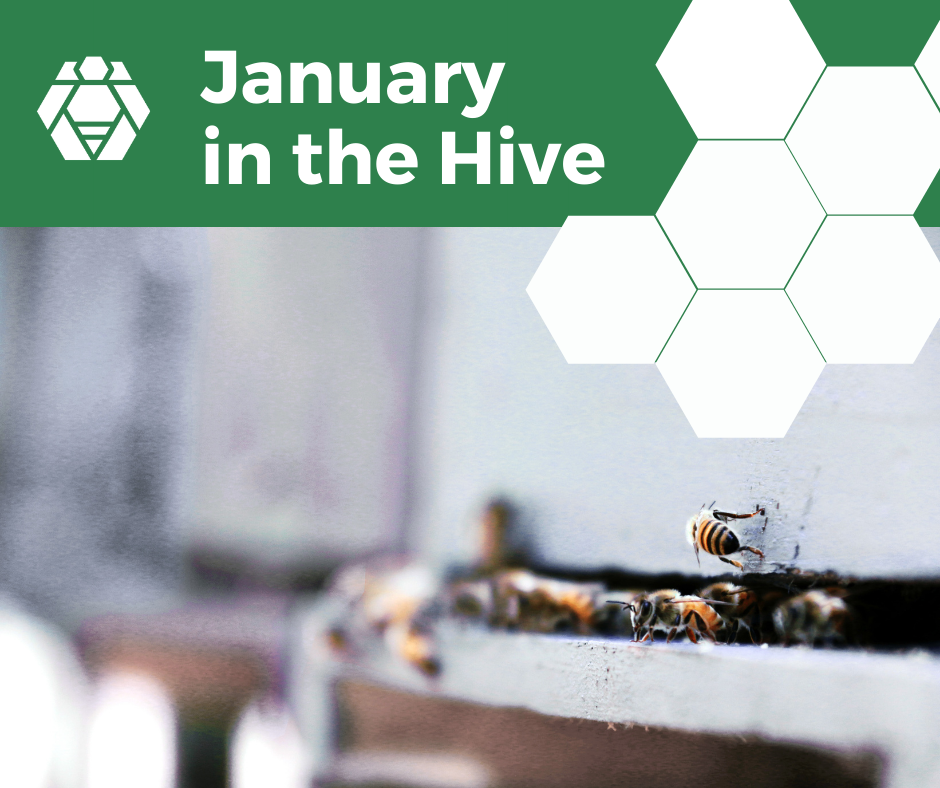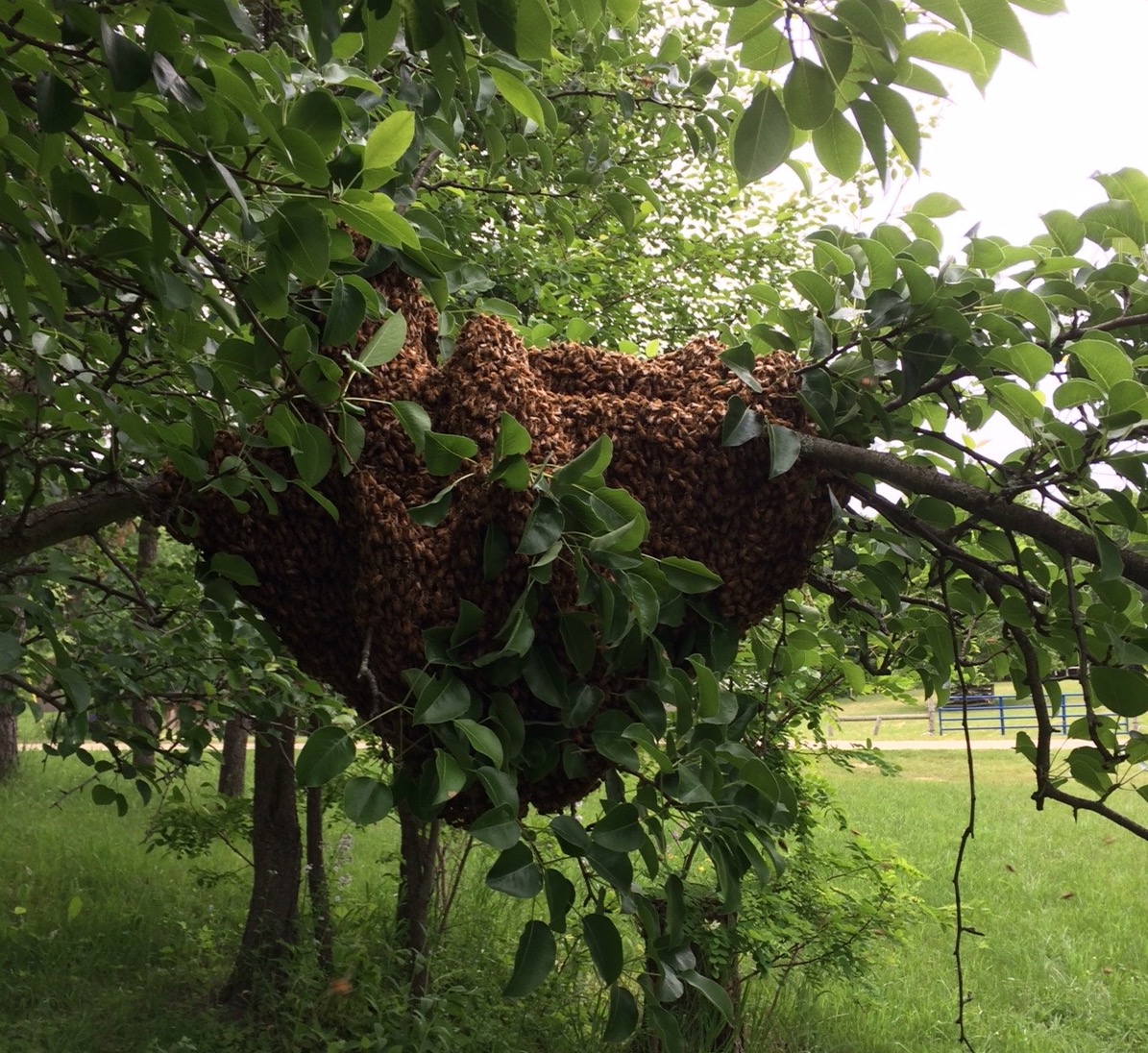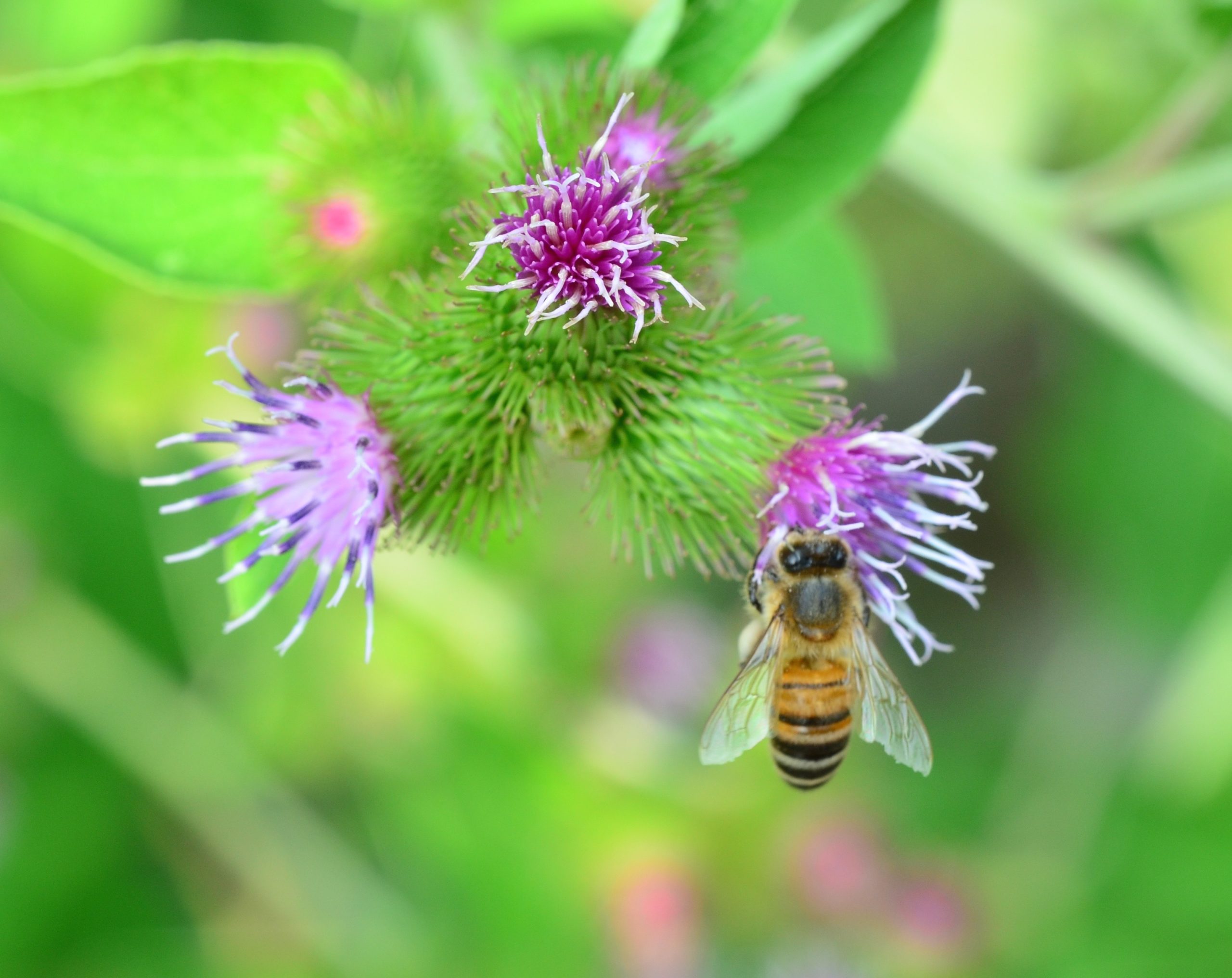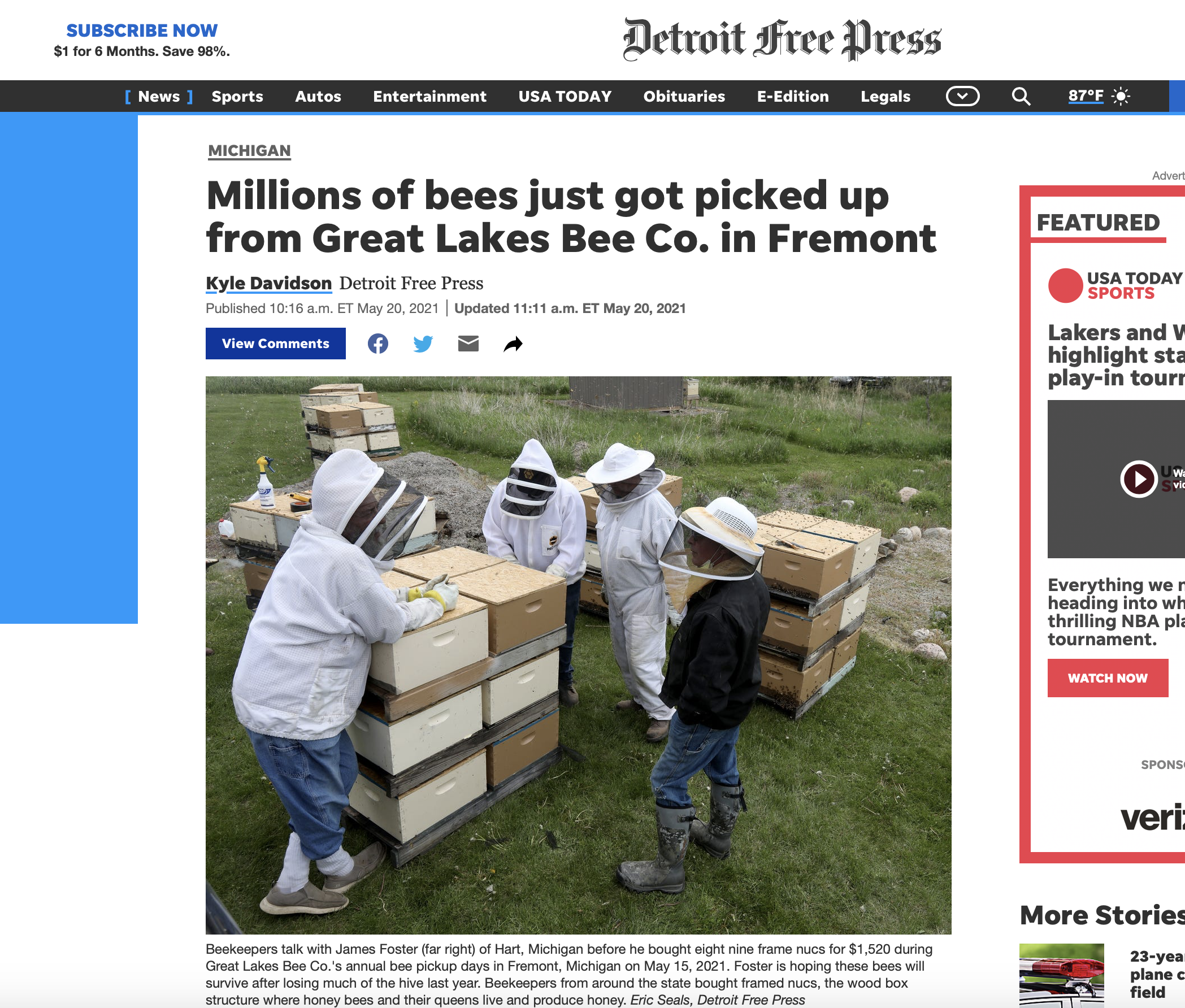
January in the Hive! This month the queen and her workers are laying low. They’re trying to conserve energy (due to lower food supplies in winter) and trying to keep the hive warm to protect against the cold weather.

January in the Hive! This month the queen and her workers are laying low. They’re trying to conserve energy (due to lower food supplies in winter) and trying to keep the hive warm to protect against the cold weather.

Farm Progress, an agricultural and farming publication with a local Michigan focused publication called Michigan Farmer, wrote a story about GLBC. The article gives a brief background on Genji’s story, the importance of pollinators in the agricultural business, details about buying bees, and information on how to get started beekeeping.

Do you want to make sure your garden is blooming to its max capacity this season? Ensure your flora are all being pollinated by creating an environment where bees want to and CAN visit while on their journey for nectar. It takes more than just flowers to draw bees in. You need to give them a reason to stay and linger long enough so they don’t overlook your many flowers. Having flowers and nectar for bees to consume is essential to attracting them, but an often overlooked necessity for bees is water.

Have you ever seen the wondrous sight of bees, tightly grouped around each other in a giant pile wrapped around a tree branch or other mechanism that exists outside of the hive? Do not fret and do not call an exterminator! These insects are able to sting, but will only do so when disturbed. The swarm you see might look scary, but these bees are not interested in you or stinging you. In fact, they are far more busy trying to find a new home. That’s right- you just stumbled upon a colony of bees in the middle of a move!

Like all living things, plants want to reproduce. Reproduction happens when a male fertilizes a female. Plants reproduce similarly by making seeds after being fertilized. In order for plants to make seeds, plants must first be pollinated. Pollination is the process by which the male part of a plant fertilizes the female part of another plant (of the same species). The male part of a plant produces pollen, which then must travel to the female part of another plant in order to fertilize it. Plants can’t pick up their feet and walk like other living animals. The male part of the plant relies on external forces to transfer the pollen to other plants, like bees.

The Detroit Free Press gave us a visit at Kropscott Farms last Saturday to write a story about us and our first bee pick-up day of 2021. The article covers details about our pick-up event this year like who comes to pick up our bees and why. She also answers questions about the bees themselves including where the bees “vacation” during the Michigan winters and how important bees are for pollinating the crops of local farms.
Continue reading GLBC’s Makes News in the Detroit Free Press

Co-Founder of GLBC and master beekeeper Genji Leclair interviewed on the radio with WGVU’s Morning Show host and producer Shelley Irwin. On Shelley’s segment, Genji talked everything bees. Genji explained how we repurpose honey and beeswax and even how pollination works. As a queen bee herself, Genji goes in depth about the science behind Queen Bees and then transitions to talking about our recent bee-pick-up event where beekeepers and farmers from around the Midwest come to pick-up new bees.
Continue reading Co-Founder of GLBC Interviews with WGVU’s Radio Host Shelley Irwin

Beekeepers from all over the state came to pick up bees to add to their colonies during our annual bee pick-up days. The exact date of pick-up days differ every year, but they’re typically around May when the weather starts to get warmer in Michigan. Around that time, we head down to Georgia to pick-up our bees, who vacation in the peach state for colony building in the winter months. Bees from GLBC also provide pollinating services in California. Continue reading Annual Bee Pick-Up Day

On Earth Day 2021, the Great Lakes Bee Company would like to remind you about exactly WHY bees are an integral part of the world’s ecosystem. Preventing the world wide population decline of the bees will be a huge step in helping save the planet.